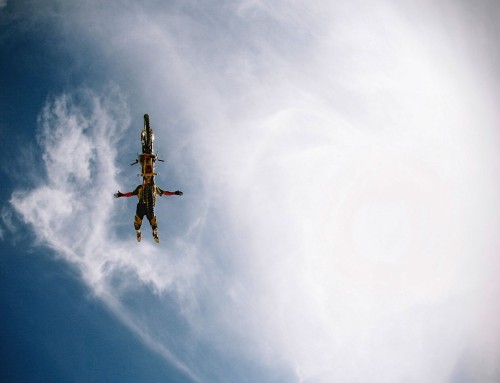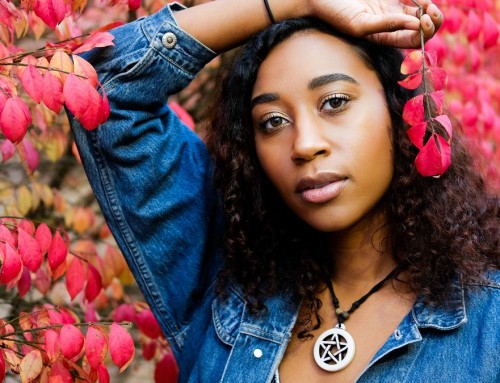Christobal Perez is a former photojournalist who crossed over to weddings and portraiture in 2004. During his time as a professional photojournalist, he worked for several large daily newspapers including The Shreveport Times, The News and Observer in Raleigh, NC, and the Houston Chronicle. During his career in photography he’s won lots of awards, as well as a Pulitzer Prize nomination.
In the interview below, Christobal compares the role he played as a photojournalist to his experience as a corporate and wedding photographer. He shares details about his post processing workflow including the goals he sets for photo editing. Additionally, Christobal provides advice about how to improve your work regardless of the type of photography you do.

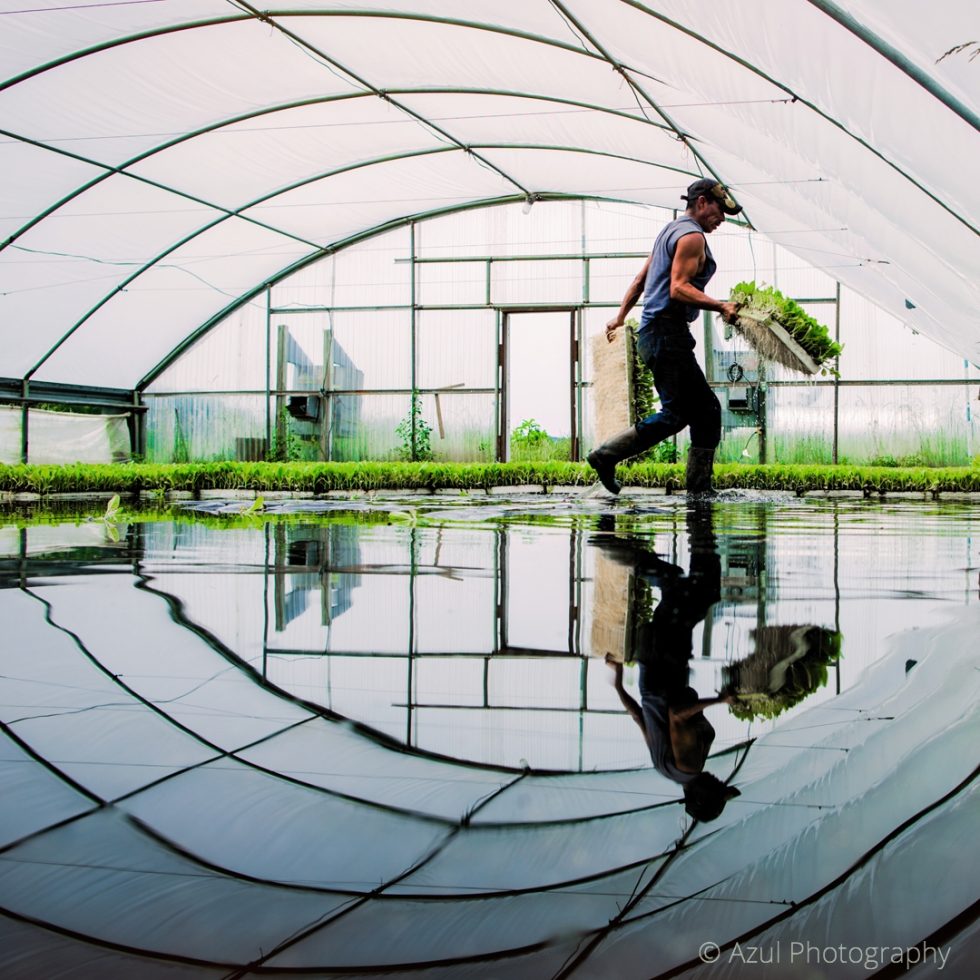
What differentiates photojournalism from other kinds of photography?
Photojournalism and commercial photography are very different. In photojournalism, you don’t get involved. You can’t dictate, or tell your subjects what to do, or where to stand, and you’re not supposed to move anything in the frame or change the image in any form. You are the truth, you are the eyes of your readers, you’re there to show what’s really happening, and not to alter it in any way, shape, or form. Photojournalism is unique in this way. You have to connect with the subject, and be able to tell their story without direction–that’s challenging. You have to have a lot of skill to perform a job in that manner. Especially the documentary photographers that are out there. They have a tremendous amount of responsibility to the public to generate and create images that tell a story without manipulating the frame or without getting involved.
On the other end of the spectrum is commercial photography, where you have absolute control over all aspects of the story. You can tell your subject what to do, where to stand, how to act, how to dress, what you’re looking for, and you can explain what you’re trying to create in order to tell their story. You are involved in helping make the story along with them as well as creating photos that express that story.

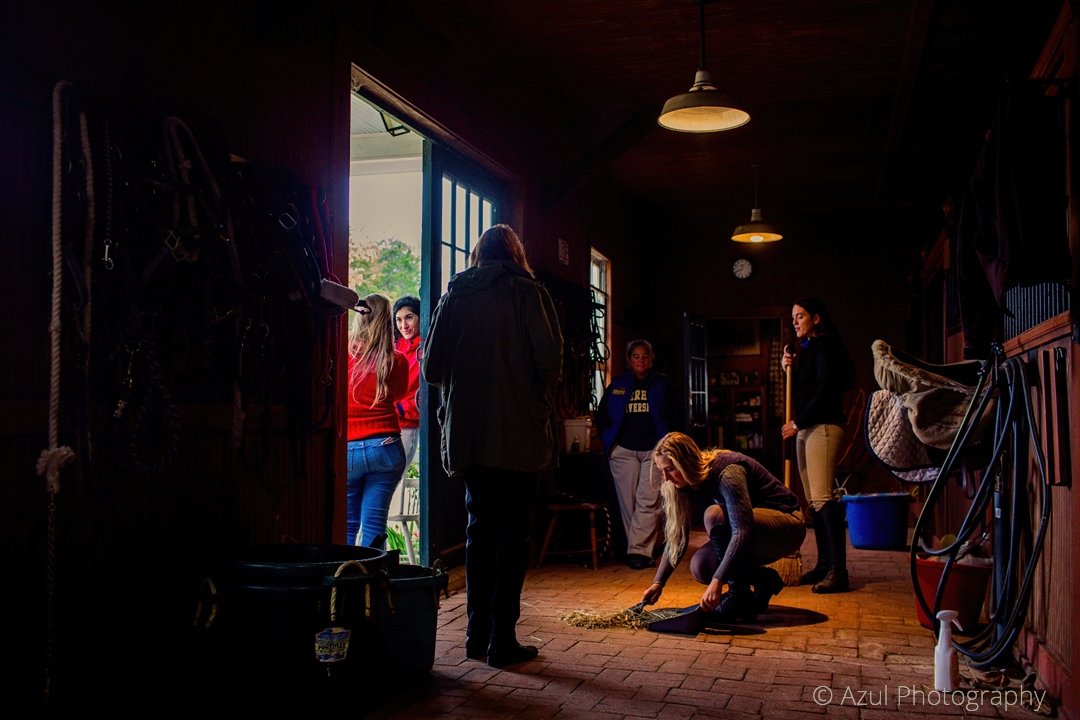
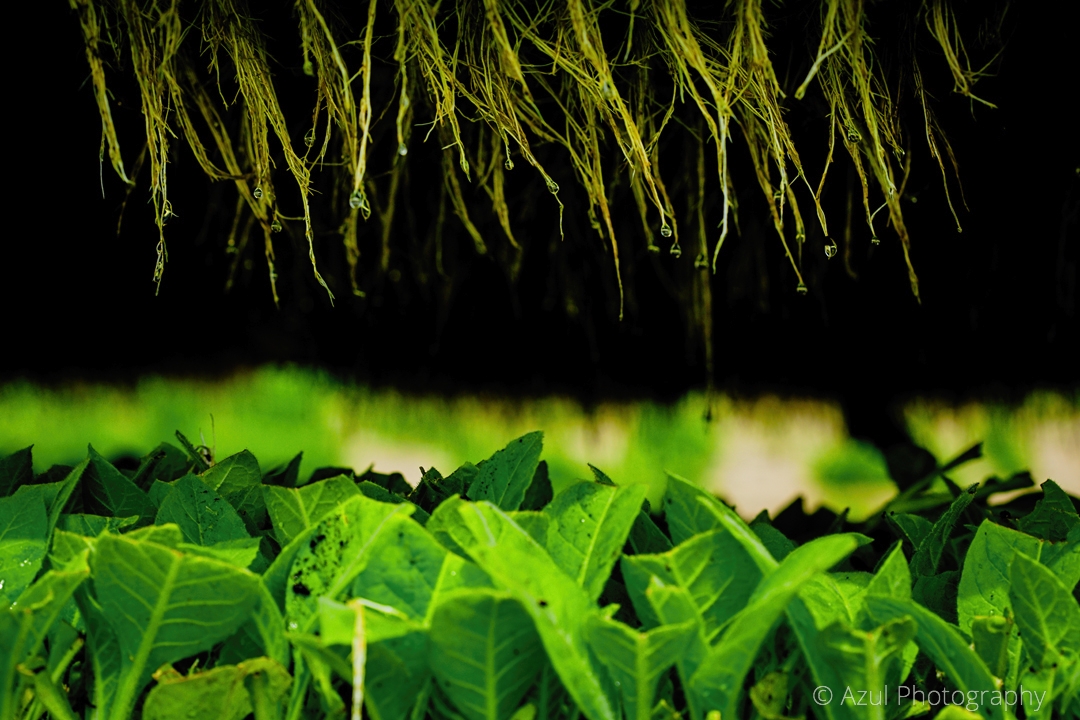
How do you prepare for assignments?
When you’re shooting for a photojournalism assignment, or for an assignment for a paper or a magazine, you first gather information to learn about the subject as much as you can. The most important thing you need to be concerned with when you’re photographing people is establishing a connection with them. You have to be able to connect with people. Your connection with them opens the door for them to connect with you. When that happens, they let down that protective ‘you’re an outsider’ wall and you can get some good photos of them, but they have to let you into their world before the magic happens.
When you look at photos and people look uncomfortable, or stiff, or that things look a little off is typically because that connection with the photographer never happened. You can see that the photographer didn’t talk with them enough to build a rapport before they took the photos.
If you really want to connect with your subject, don’t bring a camera with you. Just meet with them and talk about what’s happening and build camaraderie. The stronger connection you build with the subject, the more they will allow you to get out of them in your photos. After enough time has passed, and they trust you enough to let down their walls, then you can go get your camera.
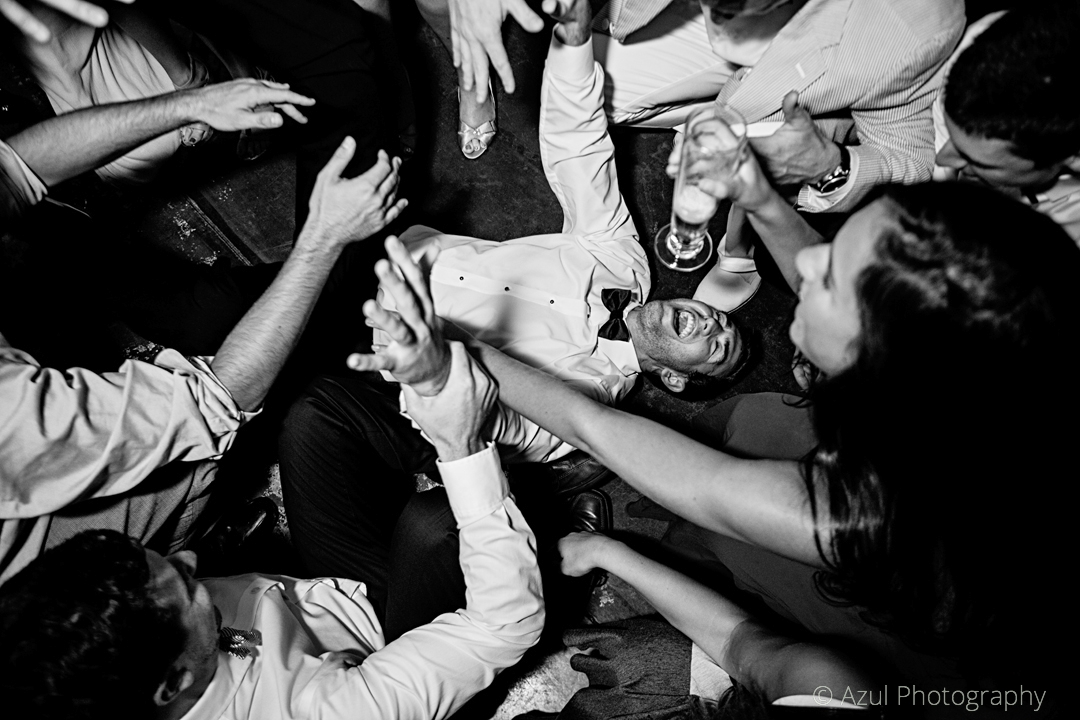
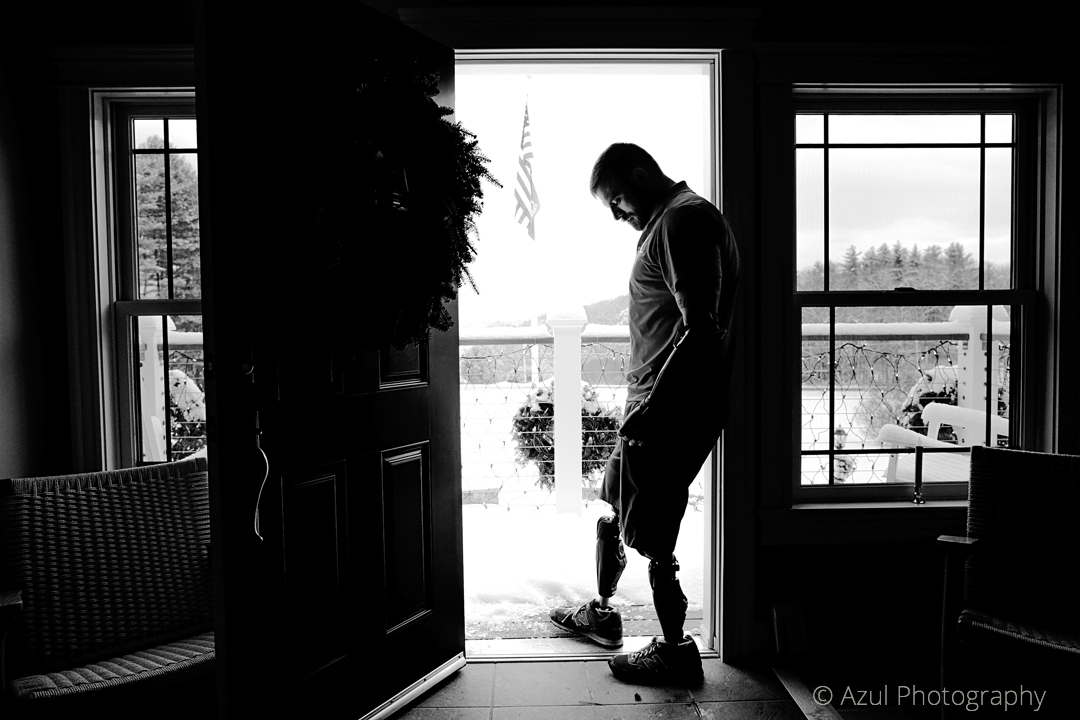
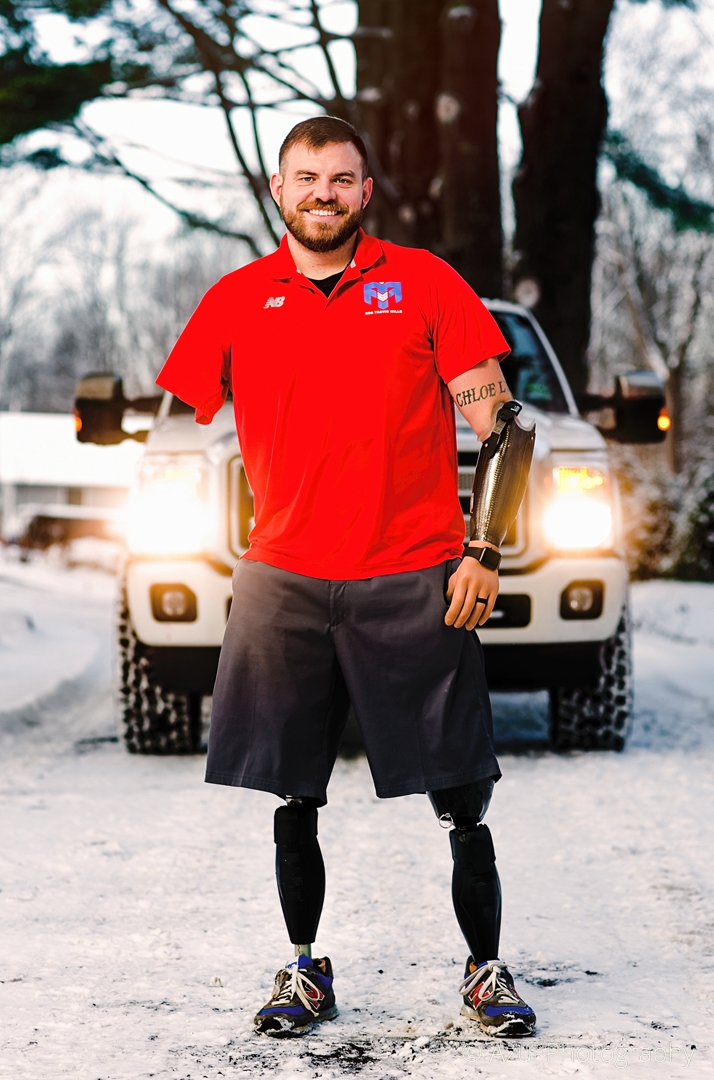
How often do you shoot? How much?
When I worked in newspapers and over at the News and Observer in Raleigh, NC, and the Houston Chronicle in Houston, TX, we had several daily assignments, but that would greatly depend on what news was happening. On any typical day I would need to shoot a couple of portraits, a quick assignment for a feature section, and then I would cover a sporting event, like a basketball game or something of that nature. Rarely it was just one assignment per day. Everyday I was out there beating the streets to get things done. It was always a struggle.
My schedule has changed a lot now that I’m not doing photojournalism. I’m definitely not as busy. I’ll do two or three shoots a week, on average. That includes preparation, planning, emails, paperwork, and all the other front and back-end business tasks. As a journalist, you’re reporting to a picture editor who divvies out the assignments per day, and that’s all you had to worry about. That’s it. When you’re done with the shooting and culling, then deliver and go through the images with a picture editor, you’re done for the day and can go home.
How many images do you typically edit and deliver? How quickly do you have to deliver them?
As a journalist, you shoot here and there, for smaller assignments. Unlike shooting a wedding, where you’re there for 8-12 hours on a shooting marathon, you end up with thousands of photos. As a journalist, you’re more of a sprinter. You’re there for the assignment, so you’re only there for an hour or so depending on the assignment. Your not shooting as much, so maybe you’ll end up with 100 images, and out of those, you’ll choose the best 5 or 6. So your delivery amount is very small. If you’re shooting a sporting event, it’s a little longer like 4 hours, but you’re still only looking for the very best shots, or whatever is relevant – like if the quarterback got injured. It’s the most relevant image to what readers will be interested in seeing about that event the next day. After you’re done shooting, you immediately cull each assignment down to the top selects.
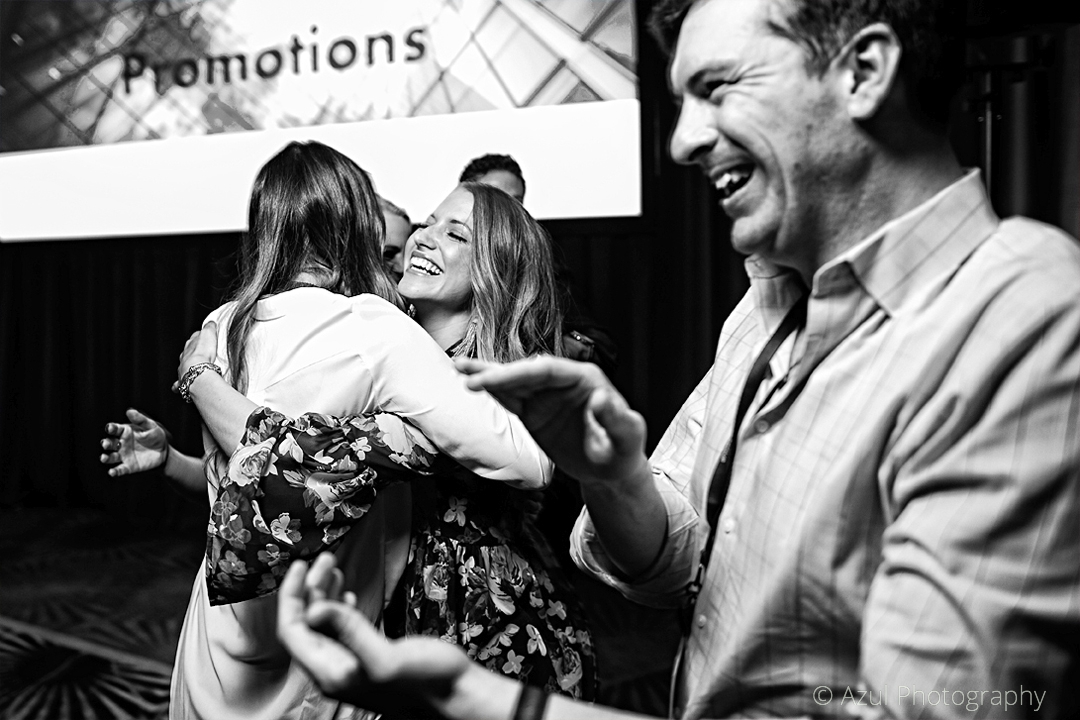
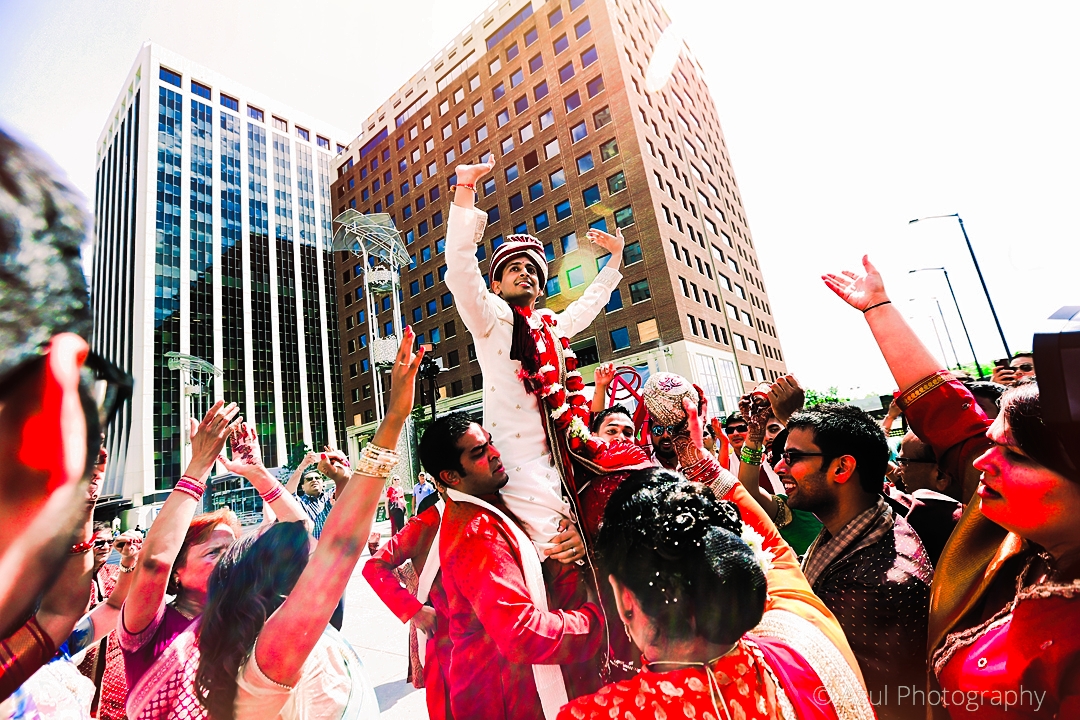
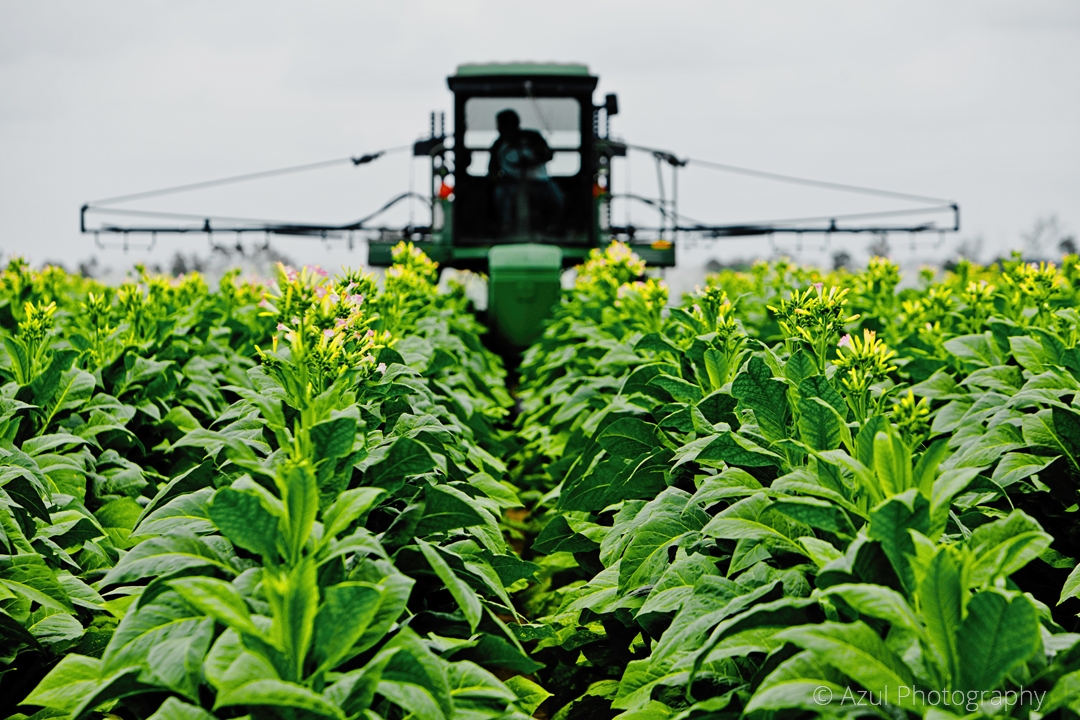
What is your approach/goal for editing?
My approach and goal for editing is to get to it done as efficiently as I possibly can. I just want to get it over with. Typically from each shoot, I already know which ones are the best. I think we all do when we’re out shooting. We know which ones are amazing, and which ones our clients will love. As a photojournalist, that’s exactly what we were looking for. We want that shot that conveys the story in one image. If you did that, it was the perfect shot for page one or for the front of the section. The remaining top image selections from the shoot could be used to fill the inside pages. That’s what we were trained to do. We wanted just one leading shot for the story, with the goal to get it edited as efficiently as possible.
How do you use Exposure?
I use Exposure for everything. I used to use Photo Mechanic, but I changed over to Exposure because it’s more efficient. Exposure can do everything that I needed Photo Mechanic for, and more. Everything is inside a single program, so transitioning between workflow phases is instant. I don’t have to switch between programs, or import the selections I made in Photo Mechanic into Lightroom, or after making edits in Lightroom, exporting TIFF copies to apply Exposure’s effects. I can do everything I want to do in Exposure from start to finish.
Are there any Exposure features that are especially helpful for photojournalists?
The features in Exposure such as keywording or collections enable photographers of all kinds to quickly find the image or images they’re looking for. For photojournalists, this high speed searching capability is really useful. For example, if I have assignments to shoot college basketball games in North Carolina, I would first think to include an image of Michael Jordan. So I would search through all the photos in my library to find images that include him. Exposure enables me to immediately locate all them simply by filtering by keywords. That saves me a ton of time.
Also, when working on an assignment, making a collection of images that would work for the assignment saves even more time. That’s what’s special about Exposure, to me. There is always a feature that was made to make my life as a photographer easier.
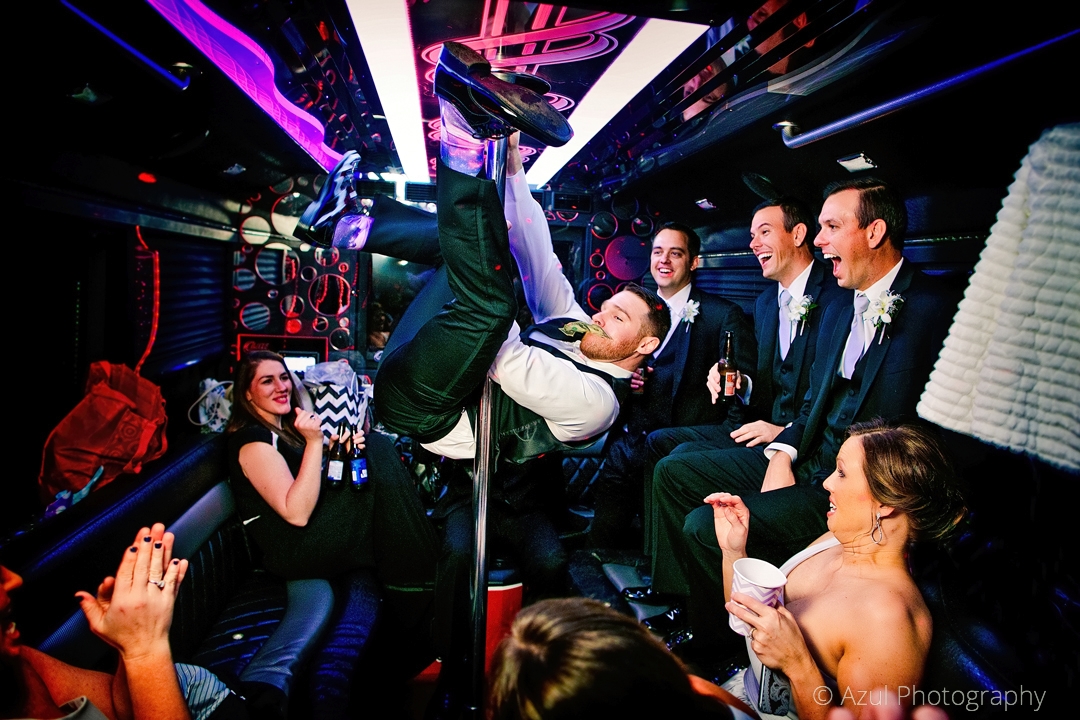
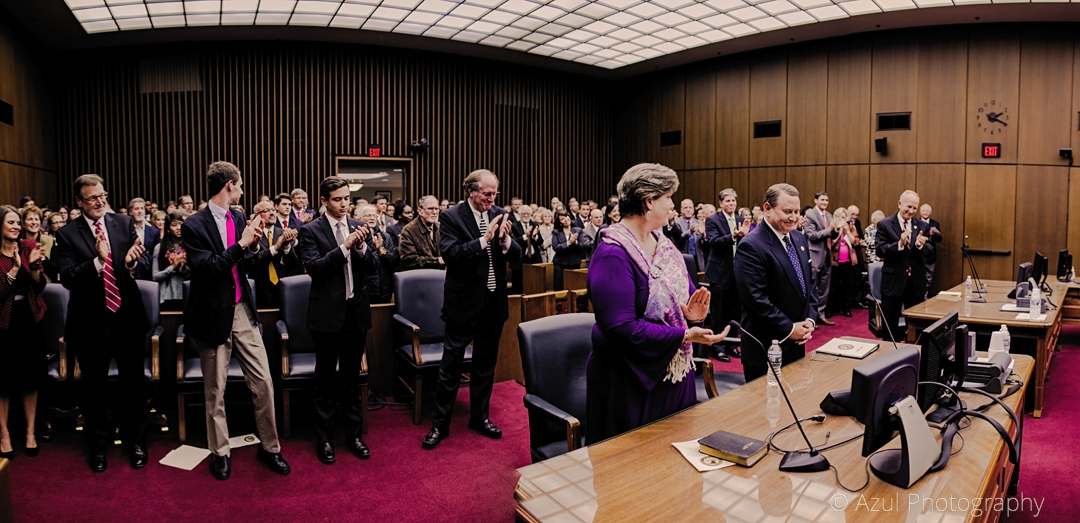
What does Exposure bring to your work?
A little bit of everything. It gives me the opportunity to eliminate additional processes in what I do with my work. And it has lots of unique effect offerings that are easy to creatively explore, such as texture overlays, or creative lens blur effects. I can create layers, which enable me to push my edits further, and gives me more control over adjusting them. Exposure enables me to fine-tune every single image just the way I want to. And it synchronizes edits across all my computers, which is efficient and easy. I love that.
What advice would you offer to photographers looking to improve the quality of their photojournalistic images?
The most important advice I can give, regardless of the type or style of work, is to constantly improve your people skills. It’s important, vitally, to know how to communicate with people and know how to bring those personal barriers down. That’s a skill that over time, and with conscious effort, you can develop and get better at. Getting to know your subject, and learning to connect with them will dramatically improve the quality of your images. Whenever you connect with clients, they open up. And when they do, you’re going to get those images that you’re really looking for. That makes the images we all dream of taking. When you connect with the subject, they will connect with the lens, and then the viewers of the images will connect with that energy. Viewers want to feel or see what is really going on, they want to make that connection.
–
Thanks to Christobal for sharing his experiences as a photojournalist and an Exposure user. It’s fascinating to learn about all the different ways photographers use the tools in Exposure. The world of photojournalistic photography demands a fast turn around, which Exposure’s efficient photo editing workflow and robust organization tools are ideally suited to handle.
Learn more about Christobal on his website, or follow him on Facebook or Instagram.
Try Exposure Today








